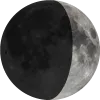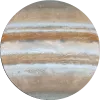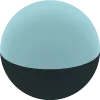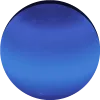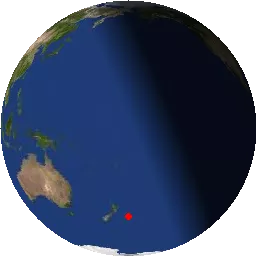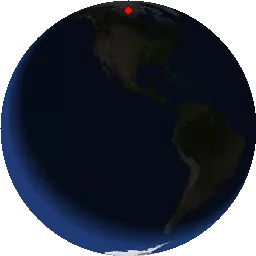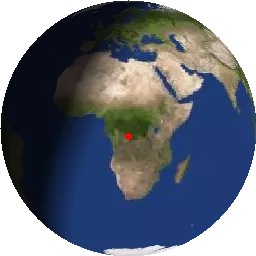Solar System objects
Sky Map
Celectial bearing and elevation at 18:04
This skymap is a dynamic visualization that displays the positions of planets within the constellation boundaries for your specific location on the current date. Interactively explore the celestial landscape by panning horizontally to see how the arrangement of planets changes throughout the night.
Moon
3rd Quarter (83%)
The Moon exhibits a stunning array of craters, mountains, and lunar maria, showcasing its rugged and varied surface in intricate detail, with phases changing as it orbits Earth.
Tonight's Satellite Flyovers
SEASAT 1
Satellite pass tonight
An Earth observation satellite launched by NASA to study oceanographic phenomena.
2 flyovers expected tonight.
2 flyovers expected tonight.
RESURS-DK 1
Satellite pass tonight
A Russian Earth observation satellite used for environmental monitoring and mapping.
1 flyover expected tonight.
1 flyover expected tonight.
HST
Satellite pass tonight
The Hubble Space Telescope, used for astronomical observations and discoveries.
2 flyovers expected tonight.
2 flyovers expected tonight.
COSMO-SKYMED 1
Satellite pass tonight
An Italian Earth observation satellite used for radar imaging and environmental monitoring.
2 flyovers expected tonight.
2 flyovers expected tonight.

